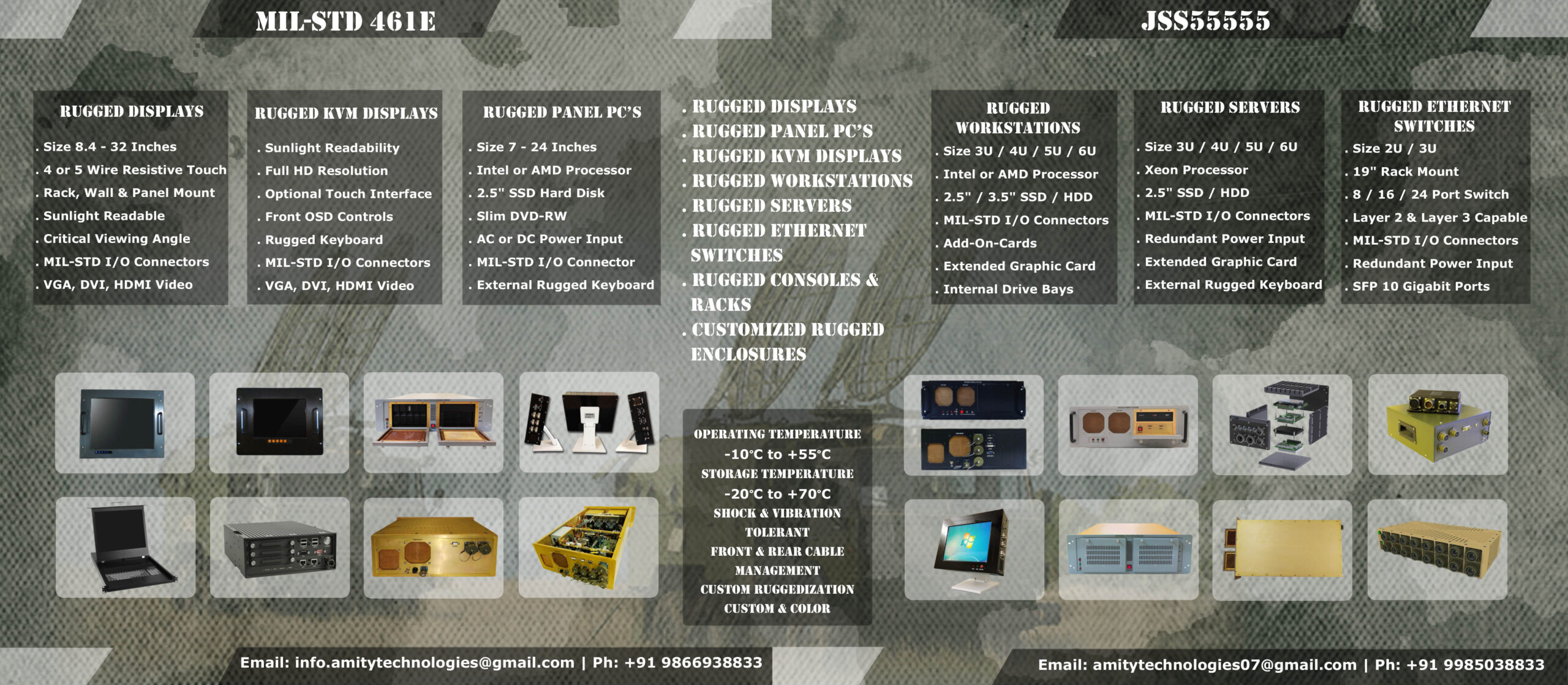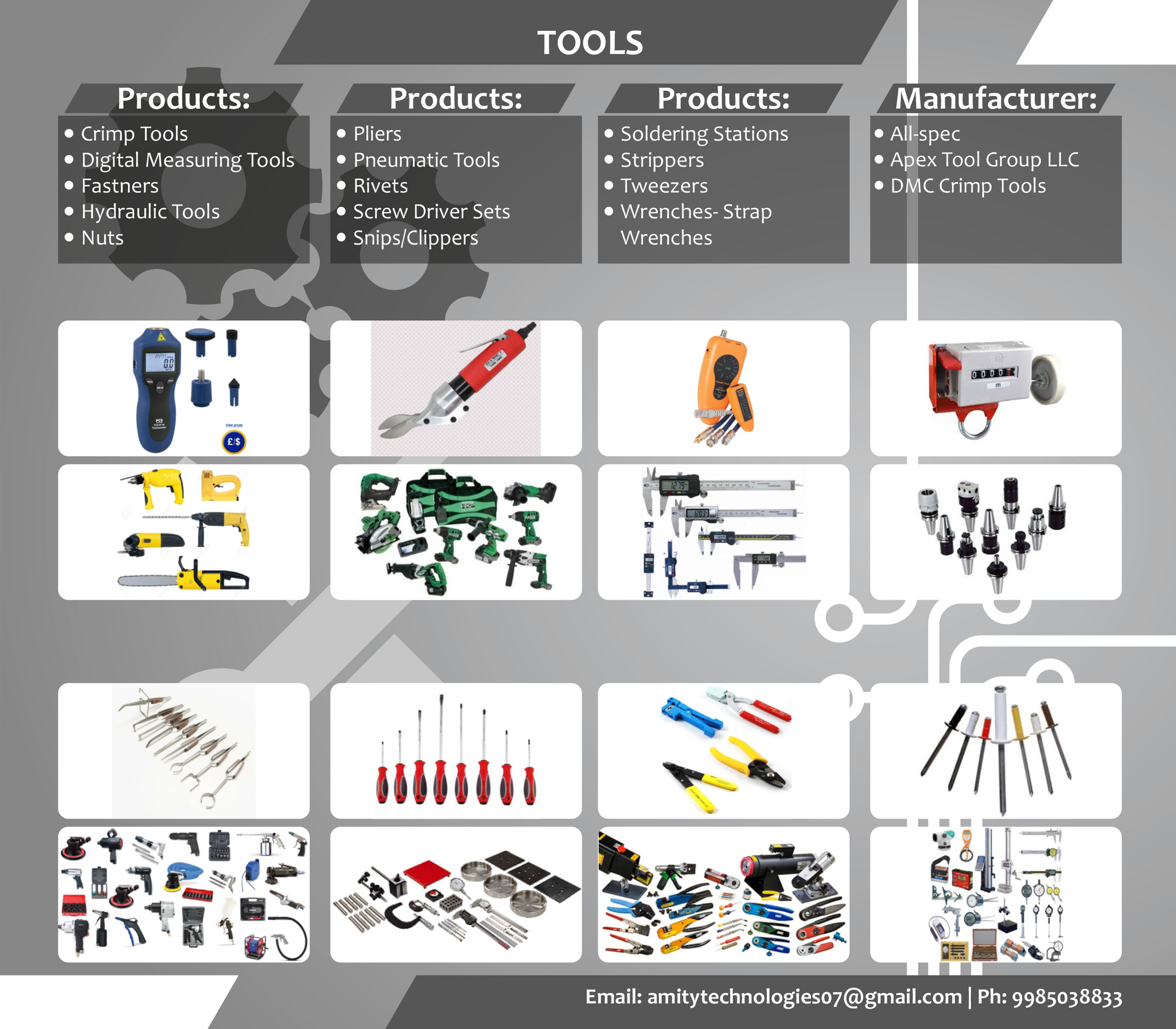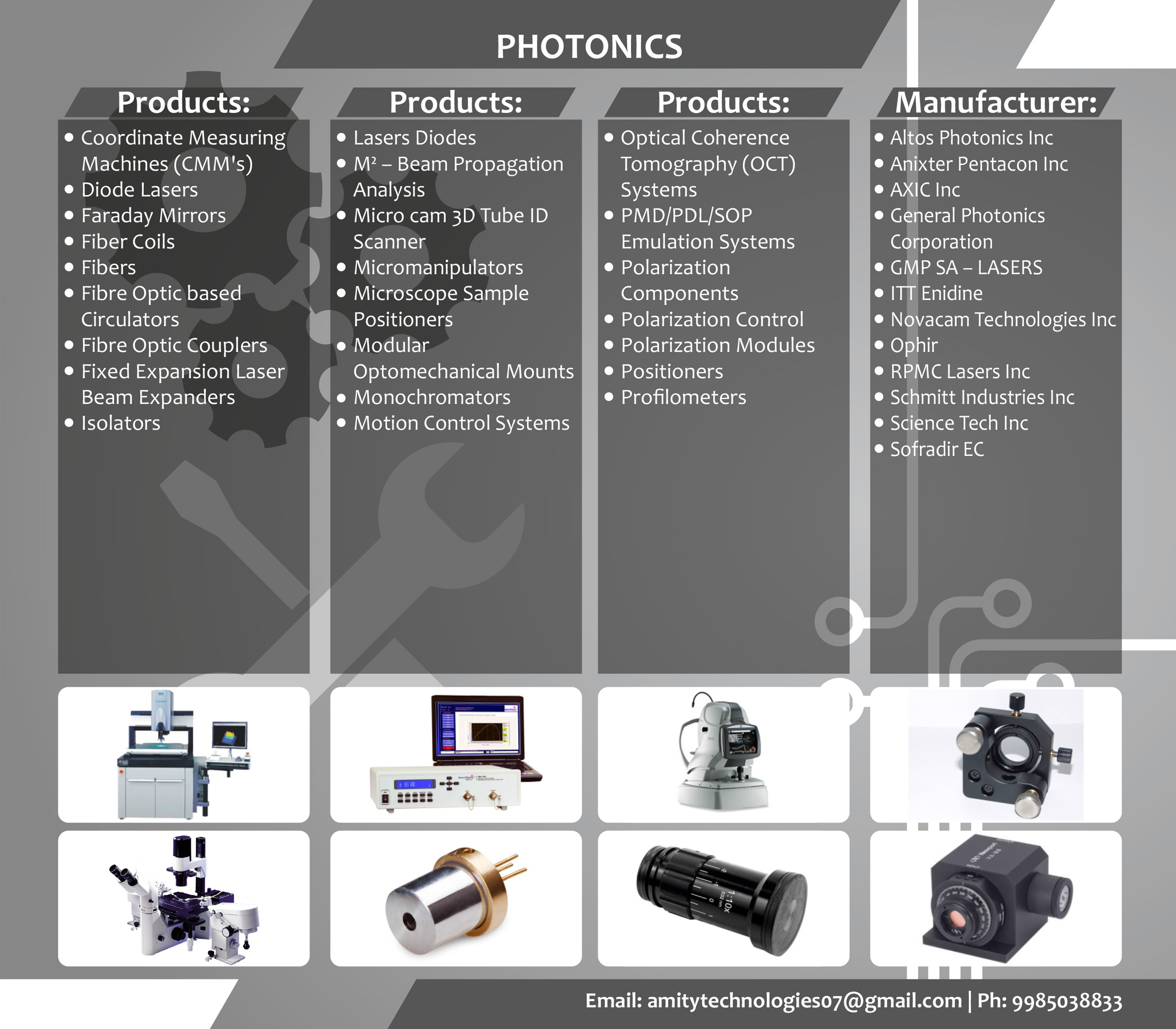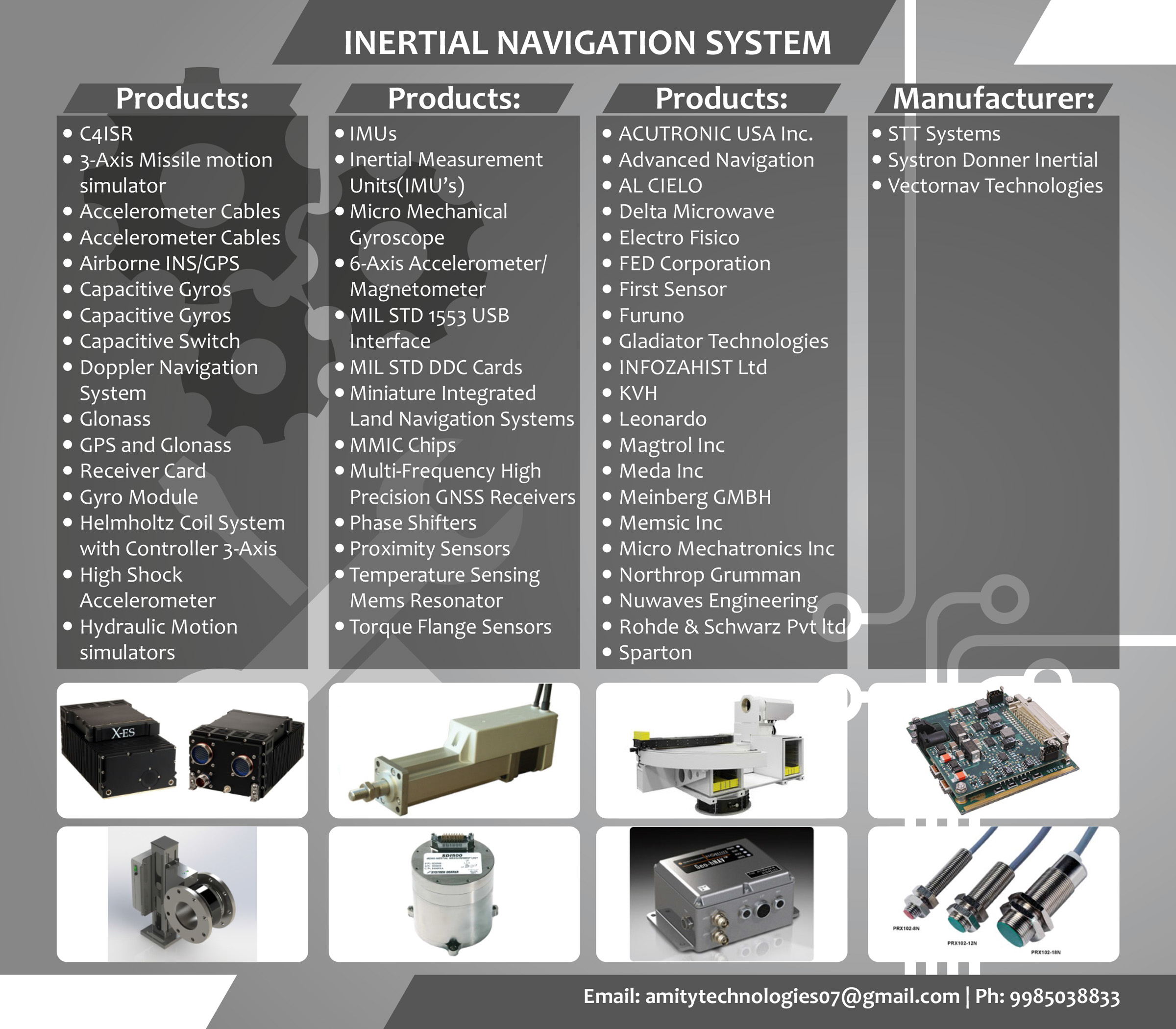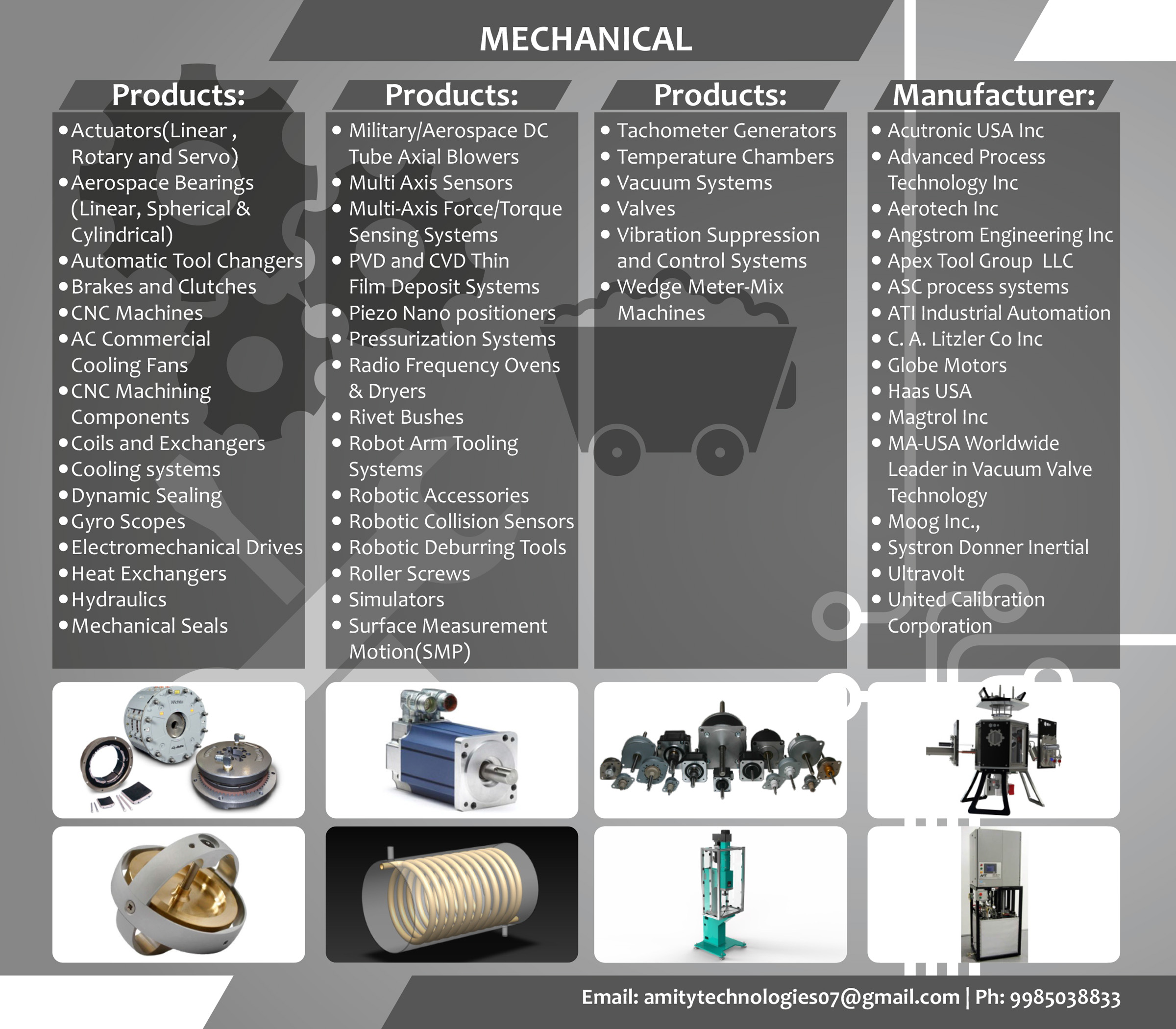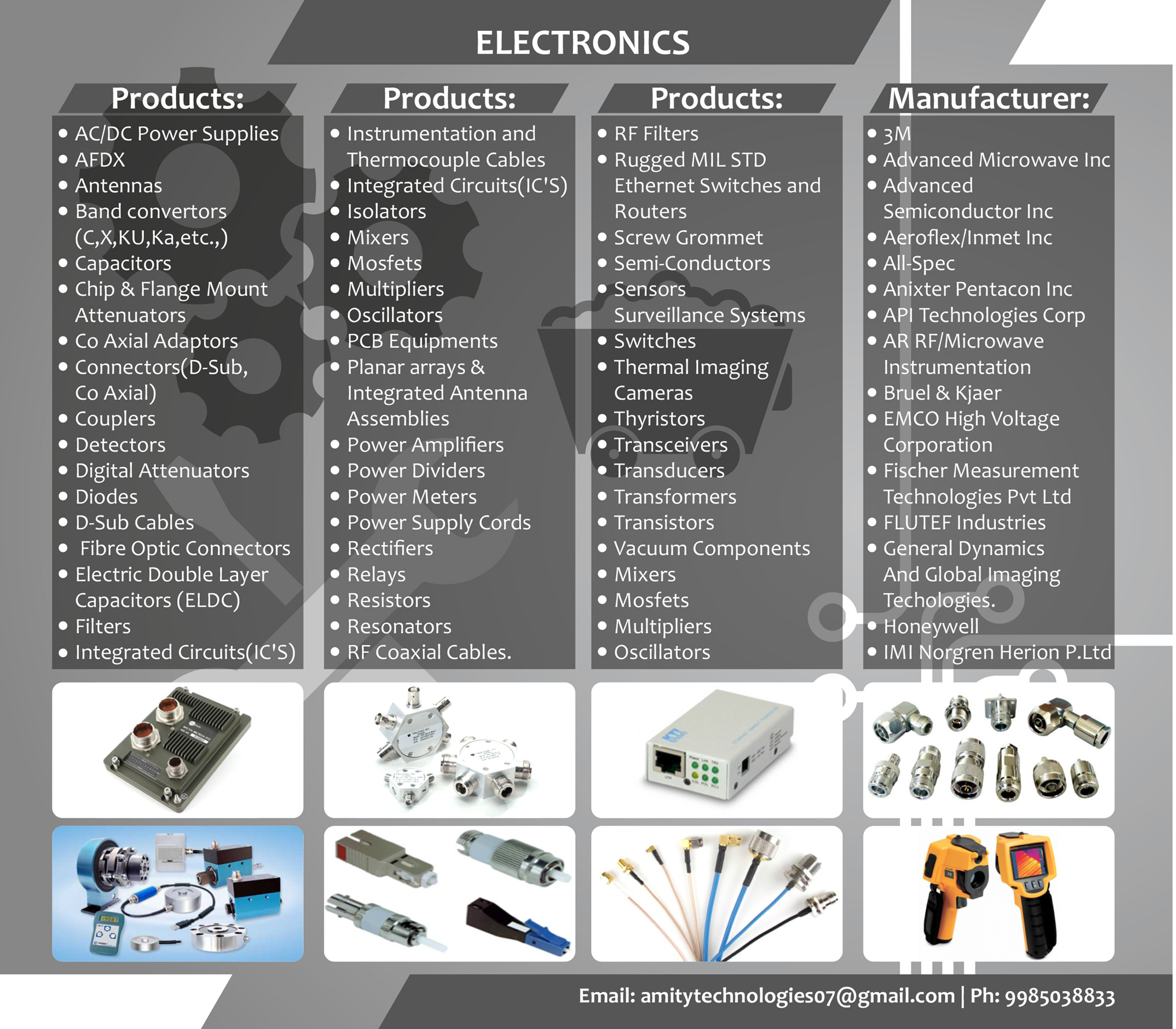Radar technology has come a long way since its pivotal role in World War II. What began as a means to detect incoming aircraft has transformed into a sophisticated system capable of tracking hypersonic missiles, stealth aircraft, drones, and even cyber threats. As global security concerns grow more complex and adversaries develop smarter tactics, radar systems must evolve to keep pace. Let’s dive into how radar systems are adapting and advancing for modern threat detection in today’s dynamic battlefield and defense environments.
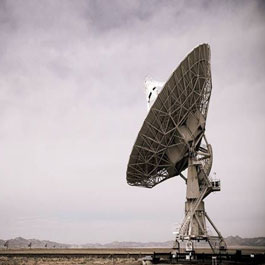
The Traditional Radar: A Quick Recap
Classic radar systems operate by sending out radio waves and detecting the reflections from objects like aircraft or ships. The time delay and frequency shift of the returned signal help determine an object’s distance, speed, and direction. While effective for decades, these systems were limited in resolution, struggled with clutter (like birds or weather), and had difficulty identifying stealth or low-RCS (Radar Cross Section) targets.
The Modern Threat Landscape
Today’s threats are not only more varied but also more difficult to detect. Some of the challenges include:
- Stealth technology: Aircraft and missiles designed to evade radar detection using shape and materials.
- Hypersonic weapons: Traveling at speeds above Mach 5, these weapons reduce the time radar has to detect and respond.
- Swarm drones: Dozens or hundreds of small drones moving together to overwhelm traditional detection systems.
- Cyber-electronic warfare: Enemies may jam or spoof radar systems to mislead or blind them.
Key Innovations in Radar Technology
To stay ahead, radar systems are undergoing a technological transformation. Some of the major advancements include:
1. Active Electronically Scanned Arrays (AESA)
Unlike older radars that rotate mechanically, AESA radars use numerous small antennas to steer beams electronically. This allows for faster scanning, multi-target tracking, and resistance to jamming.
- Benefits:
- High-resolution imaging
- Multi-functionality (search, track, fire control)
- Lower probability of interception
2. Cognitive Radar
These smart radars use AI and machine learning to adapt in real-time to changing environments and threats. They learn from past encounters to improve detection, classification, and tracking.
- Applications:
- Recognizing unknown or disguised threats
- Filtering out clutter or false alarms
- Dynamically changing waveforms to counter jamming
3. Passive Radar
Instead of emitting signals, passive radars use existing electromagnetic signals (like FM radio or TV) to detect objects. They are difficult to detect and don’t reveal their presence to enemies.
- Ideal for: Urban environments or stealth operations
4. Multistatic Radar Networks
Instead of a single transmitter-receiver unit, multistatic systems use multiple separated transmitters and receivers. This creates overlapping coverage and makes it harder for stealth objects to evade detection.
5. Quantum Radar (Emerging Tech)
Quantum radar uses quantum entanglement to detect objects with potentially unmatched sensitivity and resistance to stealth technology. Still in its infancy, it represents a potential leap in radar capability.
Integration with Other Technologies
Radar is no longer a standalone system. Modern radar integrates with:
- Satellite surveillance
- Infrared and optical sensors
- Command-and-control networks
- Cyber defense systems
This sensor fusion allows for a comprehensive situational awareness that compensates for each system’s weaknesses.
Civilian and Commercial Applications
While much of the innovation is driven by defense needs, modern radar also benefits civilian sectors:
- Autonomous vehicles use radar for collision avoidance.
- Air traffic control relies on high-resolution radar to manage crowded skies.
- Weather monitoring is more accurate with polarimetric Doppler radar.
The Road Ahead
As adversaries evolve, so must our radar systems. The future of radar will likely be:
- More software-defined, allowing for remote updates and upgrades
- AI-augmented, enabling faster decision-making and threat analysis
- Miniaturized, with powerful radar systems small enough to fit on drones and satellites
Investments in radar R&D are critical not just for national defense, but for global safety, disaster response, and autonomous technology.
Conclusion
Radar systems are no longer the simple pulse-echo devices of the past. They’ve become intelligent, multi-functional, and deeply integrated into modern defense infrastructure. As the threat landscape continues to evolve—blending physical, digital, and autonomous domains—radar technology is keeping pace, transforming into a powerful pillar of next-generation threat detection.
Whether it’s defending against hypersonic weapons or managing autonomous traffic in smart cities, radar’s evolution is shaping a safer, more secure world.

